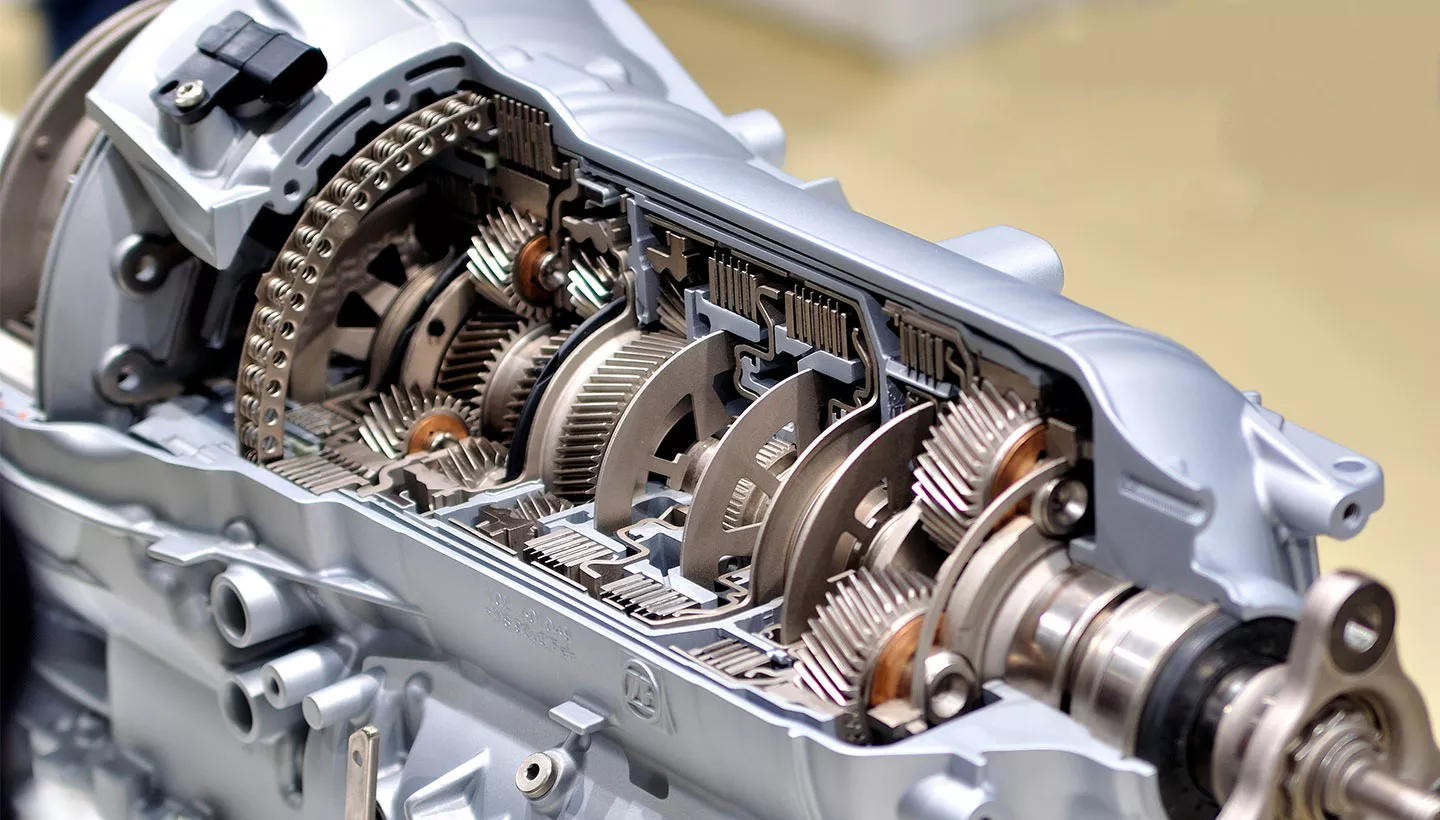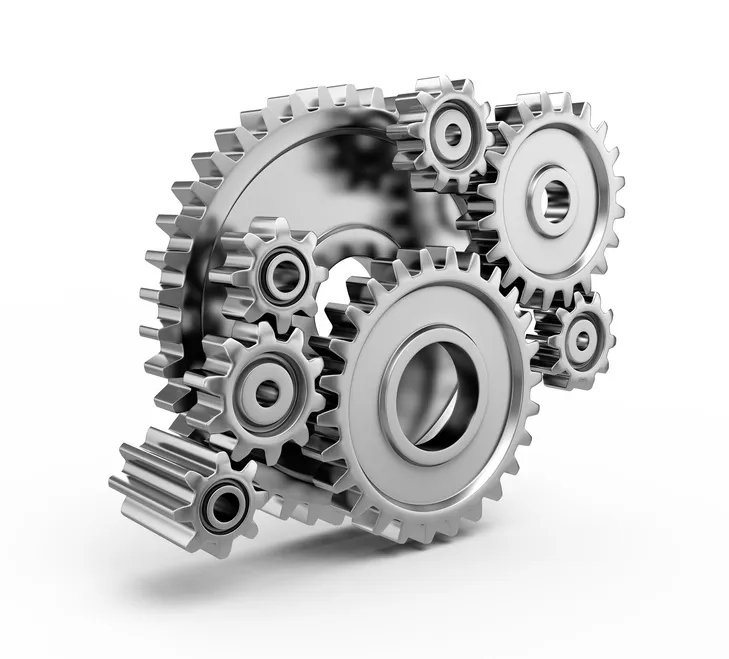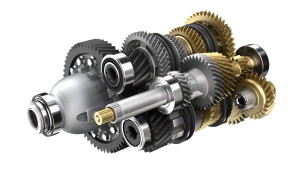Product Description
We can make all kinds of gears according to clients drawing and specifications ,specializing in non-standard items
>>Main Product
Spur Gear
Planetary Gear
Metal Gears Small
Gear Wheel
Ring Gear
Gear Shaft
Helical Gear
Pinion Gear
Spline Shaft .
Specifications:
1. Suitable for many kinds of transmission system.
2. Material and precision can be as requirements:
metal, plastic, brass etc.
3. Processing:
forged,casting,heattreatment,or quenching and tempering carburization.
4. We have complete gear machining equipments: gear hobbing machine, shaving machine, gear
shaper, gear grinding machine and heat treatment center,all of the production procedure are strictly
controlled by ourselves, we can sure the final products to meet your requirements.
5. Each processing, strictly quality control:
ISO9001:2008.
6. Can manufacture all kinds of gears.
A Professional on Drawing analysis, Meeting discussing, program auditing, PC & QC.
| Machining Equipments | CNC center, CNC milling machine, CNC turning machine, CNC lathes,5 axis machine etc. |
| Materials | 1. Stainless Steel: SS201, SS303, SS304, SS316, SS416, SS420 2. Steel:C45(K1045), C46(K1046),C20 3. Brass:C36000 ( C26800), C37700 ( HPb59), C38500( HPb58), C27200 (CuZn37), C28000(CuZn40) 4. Bronze: C51000, C52100, C54400, etc 5. Iron: 1213, 12L14,1215 6. Aluminum: Al6061, Al6063 7.OEM according to your request |
| Processing | Designing drawing, Opening mould/tooling, Precision machining (forging, Machining, Hobbing, Milling, Shaping, Shaving, Grinding, Heat treatment.) Inspection, Packing and shipping |
| QC : | Technicians self-check in production, final-check before package by professional Quality inspector |
| Heat Treatment Method | Carburizing, Induction, Flame, Nitriding, etc. |
| Main Machines | NC gear hobbing machines, NC Gear Shapers (Gealson, Moude), NC lathe, NC gear Shaving machines, NC gear millling, Nc gear grinding Machines. |
| Surface Finish | Anodize, Plating, Brushing, Polishing, Blackened, Powder coating, Sandblasting, Laser engraving etc. |
| Inspection Equipment | CMM, Projection, Calipers, Micro caliper, Thread Micro caliper, Pin gauge, Caliper gauge, Pass meter, Pass meter etc. |
| Advantage | Quality first Service superior , Advanced equipment,Experienced workers, Perfect testing equipment |
| Application | Medical parts; Machine parts; Aerospace machinery parts; Ships equipment parts; Electrical parts; Furniture parts; Kitchen tools; Telecommunications, etc. |
| Application: | Motor, Electric Cars, Motorcycle, Machinery, Marine, Agricultural Machinery |
|---|---|
| Hardness: | Hardened Tooth Surface |
| Gear Position: | External Gear |
| Manufacturing Method: | Cast Gear |
| Toothed Portion Shape: | Bevel Wheel |
| Material: | Stainless Steel |
| Customization: |
Available
| Customized Request |
|---|
How does a synchronized transmission system operate in manual cars?
A synchronized transmission system is a key component of manual transmissions in cars. Here’s a detailed explanation:
1. Purpose of Synchronized Transmission:
The purpose of a synchronized transmission system is to facilitate smooth and effortless shifting between gears in a manual transmission. It ensures that the rotational speeds of the input shaft (connected to the engine) and the output shaft (connected to the wheels) match before engaging the selected gear.
2. Synchronizer Rings:
The synchronized transmission system utilizes synchronizer rings, also known as synchro rings or blockers, to achieve synchronization. These rings are mounted on the transmission’s main shaft and are responsible for equalizing rotational speeds between the input and output shafts.
3. Cone Clutch Design:
The synchronizer rings feature a cone clutch design. When the driver selects a gear using the gear lever, the synchro ring corresponding to that gear slides over the gear’s dog teeth on the output shaft. The synchro ring and the dog teeth have matching cone-shaped surfaces.
4. Friction and Synchronization:
As the synchro ring engages with the dog teeth, it creates friction between the cone surfaces. This friction helps equalize the speeds of the input and output shafts. The synchro ring synchronizes the rotational speeds of the selected gear and the output shaft, allowing for smooth gear engagement.
5. Blocking and Engagement:
Once the rotational speeds are synchronized, the driver can easily engage the selected gear by pressing the clutch pedal and shifting the gear lever. The synchro rings facilitate the engagement by temporarily blocking the dog teeth on the output shaft, allowing the gears to mesh smoothly without grinding or clashing.
6. Double-Clutching:
In some older manual transmissions or vehicles with non-synchronized transmissions, a technique called double-clutching is required for smooth gear engagement. Double-clutching involves an additional step of disengaging the clutch after shifting out of the current gear, briefly engaging the clutch to match the engine speed with the transmission speed, and then shifting into the desired gear while the clutch is disengaged again. This technique is not necessary in modern synchronized transmissions.
7. Benefits of Synchronized Transmission:
The synchronized transmission system offers several benefits, including:
- Smooth shifting: The synchronizer rings enable seamless and smooth gear shifts, enhancing the overall driving experience.
- Reduced wear and tear: By equalizing rotational speeds before gear engagement, the synchronized transmission system minimizes wear and tear on the gears, synchro rings, and other transmission components.
- User-friendly operation: Synchronized transmissions are user-friendly, allowing drivers to shift gears effortlessly without the need for complex techniques like double-clutching.
In summary, a synchronized transmission system in manual cars utilizes synchronizer rings with cone clutch design to synchronize the rotational speeds of the input and output shafts. This enables smooth gear engagement and seamless shifting between gears, providing a user-friendly and efficient driving experience.
How does a dual-clutch transmission (DCT) enhance the driving experience?
A dual-clutch transmission (DCT) enhances the driving experience in several ways. Here’s a detailed explanation:
1. Quick and Smooth Gear Shifts:
A DCT utilizes two separate clutches, one for odd-numbered gears and another for even-numbered gears. This dual-clutch setup allows for quick and seamless gear shifts without interrupting power delivery. While one clutch is engaged with the current gear, the other clutch pre-selects the next gear, resulting in near-instantaneous shifts. This quick and smooth shifting enhances acceleration and provides a more engaging driving experience.
2. Continuous Power Delivery:
Since a DCT can shift gears without the need for a torque converter (as in automatic transmissions), there is minimal power loss during gear changes. The power transfer from the engine to the wheels remains uninterrupted, resulting in improved performance and responsiveness. This continuous power delivery contributes to a more dynamic driving experience.
3. Enhanced Fuel Efficiency:
DCTs are designed to optimize fuel efficiency by reducing power losses and maximizing engine performance. The precise and efficient gear changes of a DCT help keep the engine operating in its optimal power band, resulting in improved fuel economy compared to traditional automatic transmissions.
4. Manual Control and Sporty Driving:
Many DCT-equipped vehicles offer manual control modes, such as paddle shifters or a manual shift gate. These modes allow the driver to manually select gears, providing a more involved and sporty driving experience. The ability to control gear changes enhances driver engagement and allows for greater control over the vehicle’s performance.
5. Versatility and Adaptability:
DCTs can adapt to different driving conditions and driver preferences. They often feature multiple driving modes, such as “Normal,” “Sport,” or “Eco,” which adjust shift points, throttle response, and other parameters to suit various driving styles. This versatility allows drivers to tailor the transmission’s behavior to their preferences, whether they prioritize performance, fuel efficiency, or comfort.
6. Suitable for Performance Vehicles:
DCTs are commonly used in high-performance and sporty vehicles due to their ability to provide lightning-fast gear changes and precise control. The rapid and seamless shifts of a DCT contribute to improved acceleration, faster lap times, and enhanced overall performance.
In summary, a dual-clutch transmission (DCT) enhances the driving experience through quick and smooth gear shifts, continuous power delivery, improved fuel efficiency, manual control options, adaptability to different driving conditions, and suitability for performance-oriented vehicles. These features contribute to a more engaging, responsive, and enjoyable driving experience for enthusiasts and drivers seeking a balance between performance and everyday usability.
What is an automobile gear and how does it function in a vehicle?
An automobile gear is a mechanical component used in vehicles to transmit power from the engine to the wheels, allowing the vehicle to move forward or backward at different speeds. Here’s a detailed explanation of its function:
In a vehicle, the engine produces rotational power or torque. This power needs to be transmitted to the wheels in a controlled manner to enable the vehicle to move. The automobile gear system performs this task.
The primary function of the automobile gear is to change the gear ratio between the engine and the wheels, thereby adjusting the speed and torque output. It allows the engine to operate efficiently across a wide range of vehicle speeds and load conditions.
The most common type of automobile gear system is the manual transmission, consisting of multiple gears arranged in a specific sequence. The driver selects the appropriate gear based on the desired speed and road conditions.
When the driver shifts gears, the gearshift mechanism engages a specific gear combination. Each gear has a different gear ratio, which determines the speed and torque output. The lower gears provide higher torque output but lower vehicle speed, while the higher gears allow for higher speed but lower torque.
When starting the vehicle from a standstill, the driver typically engages the first gear, which provides the highest torque output. As the vehicle gains speed, the driver shifts to higher gears to increase the speed while maintaining optimal engine performance.
Inside the transmission, the gears are mounted on shafts and connected to the engine and the wheels through a series of gears, shafts, and clutches. When a gear is engaged, power is transmitted from the engine through the input shaft, and the corresponding output shaft connected to the wheels rotates at a speed determined by the gear ratio.
The gear ratio is the ratio of the number of teeth on the driving gear (connected to the engine) to the number of teeth on the driven gear (connected to the wheels). By changing the gear ratio, the speed of the wheels relative to the engine speed can be adjusted.
In addition to manual transmissions, there are also automatic transmissions and continuously variable transmissions (CVTs) used in vehicles. These transmission types use different mechanisms, such as planetary gearsets or pulley systems, to achieve gear ratio changes automatically without direct driver intervention.
Overall, the automobile gear system plays a crucial role in transferring power from the engine to the wheels, allowing the vehicle to move at different speeds. It enables the driver to control the vehicle’s acceleration, speed, and overall performance by selecting the appropriate gear ratio based on the driving conditions.
editor by CX 2023-11-03




